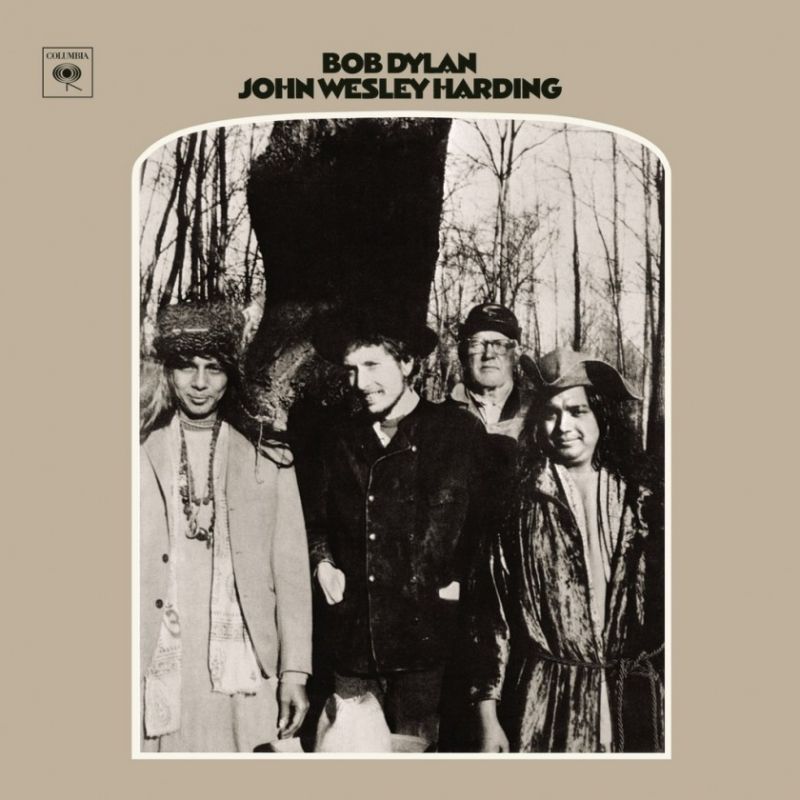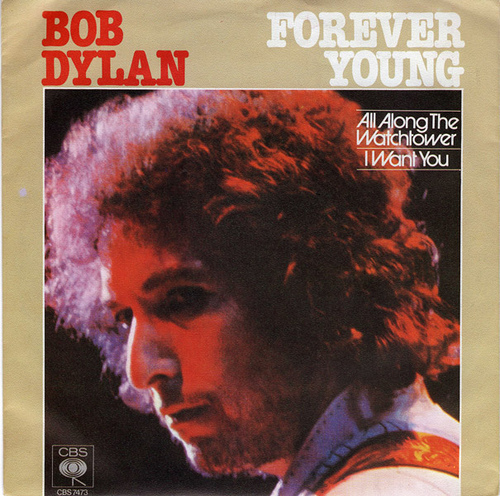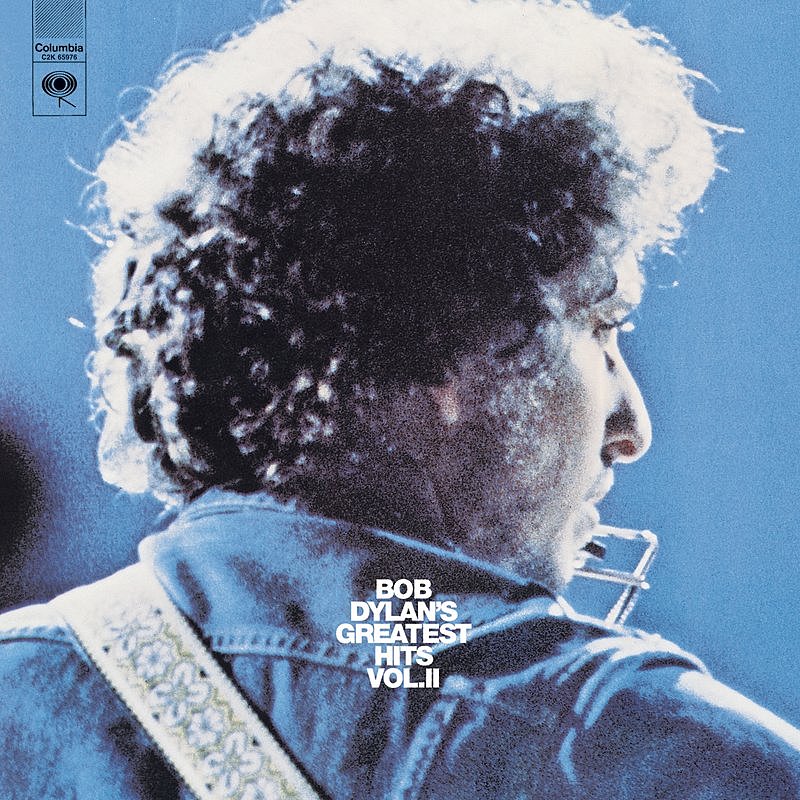56 years ago today Dylan did his 4th recording session for “The Time They are A-Changin'”
Category Archives: Bob Dylan recording sessions
October 17: Bob Dylan first recording session for John Wesley Harding in 1967

52 years ago today Bob Dylan started recording “John Wesley Harding”.
Some background from wikipedia:
Dylan went to work on John Wesley Harding in the fall of 1967. By then, 18 months had passed since the completion of Blonde on Blonde. After recovering from the worst of the results of his motorcycle accident, Dylan spent a substantial amount of time recording the informal basement sessions at West Saugerties, New York; little was heard from him throughout 1967. During that time, he stockpiled a large number of recordings, including many new compositions. He eventually submitted nearly all of them for copyright, but declined to include any of them in his next studio release (Dylan would not release any of those recordings to the commercial market until 1975’s The Basement Tapes; and by then, some of those recordings had been bootlegged, usually sourced from an easy-to-find set of publisher’s demos). Instead, Dylan used a different set of songs for John Wesley Harding.
Continue reading October 17: Bob Dylan first recording session for John Wesley Harding in 1967
September 24: recording sessions for Bob Dylan: Greatest Hits Vol.2 in 1971
“He felt there were some songs that he had written that had become hits of sorts for other people, that he didn’t actually perform himself, and he wanted to fit those on the record as well…So we just went in one afternoon and did it, it was just the two of us and the engineer, and it was very simple…we chose three [songs] on the spot and mixed them…in the space of an afternoon…Sometimes I wasn’t even sure if it was a final take until we would just finish and Bob would say, ‘Okay, let’s go and mix it.'”
~Happy Traum
–
I believe we can hear a surprisingly happy Dylan reasserting the expressive power and rich musicality of his own work. The soulful harmonica playing, the striking two-part singing, the confident and inventive guitar rhythms, the strong conveying of individual consciousness and specific feelings in the vocalizing of words and phrases, all work together to communicate the artist’s renewed confidence in the value of his work and in his ability as a performer to share something unique with the world.
~Paul Williams (BD Performing Artist, 1960-73)
Wikipedia:
Bob Dylan’s Greatest Hits Vol. II (1971), also known as More Bob Dylan Greatest Hits, was the second compilation album released by Bob Dylan. With Dylan not expected to release any new material for an extended period of time, CBS Records president Clive Davis proposed issuing a double LP compilation of older material. Dylan agreed, compiling it himself and suggesting that the package include a full side of unreleased tracks from his archives. After submitting a set of excerpts from the The Basement Tapes that Davis found unsatisfactory, Dylan returned to the studio in September 1971 to recut several Basement songs, with Happy Traum providing backup.
The final package included one previously uncollected single, “Watching the River Flow”, an outtake from the same sessions, “When I Paint My Masterpiece”; one song from Dylan’s April 12, 1963 Town Hall concert, “Tomorrow Is a Long Time”, and three songs from the September sessions, “I Shall Be Released”, “You Ain’t Goin’ Nowhere”, and “Down in the Flood”. The remaining tracks were drawn from existing releases.
Continue reading September 24: recording sessions for Bob Dylan: Greatest Hits Vol.2 in 1971
November 29: Bob Dylan – Third (and last) Recording Session for John Wesley Harding 1967
51 years ago Bob Dylan entered Columbia Studio A, Nashville Tennessee tempting his third (and final) recording session for “John Wesley Harding”.
November 14: Bob Dylan recorded master version of Forever Young in 1973

May God bless and keep you always
May your wishes all come true
May you always do for others
And let others do for you
May you build a ladder to the stars
And climb on every rung
May you stay forever young
Forever young, forever young
May you stay forever young
May you grow up to be righteous
May you grow up to be true
May you always know the truth
And see the lights surrounding you
May you always be courageous
Stand upright and be strong
May you stay forever young
Forever young, forever young
May you stay forever young
May your hands always be busy
May your feet always be swift
May you have a strong foundation
When the winds of changes shift
May your heart always be joyful
May your song always be sung
May you stay forever young
Forever young, forever young
May you stay forever young
– Forever Young by Bob Dylan
Here is a great live version.
Winterland
San Francisco, California
25 November 1976
- Bob Dylan (guitar & vocal)
- Robbie Robertson (guitar)
- Garth Hudson (synthesizer)
- Richard Manual (keyboards)
- Rick Danko (bass)
- Levon Helm (drums)
Continue reading November 14: Bob Dylan recorded master version of Forever Young in 1973


